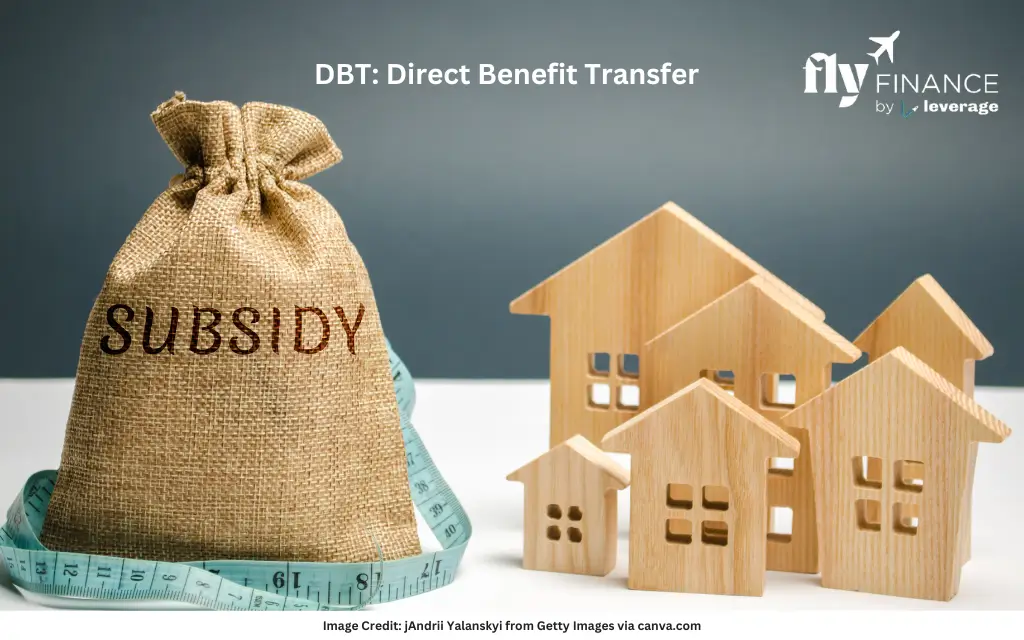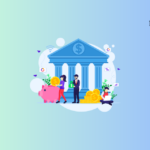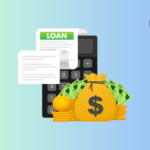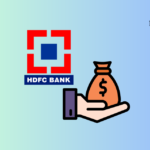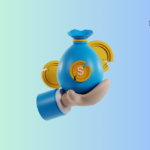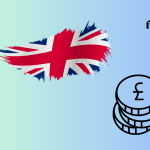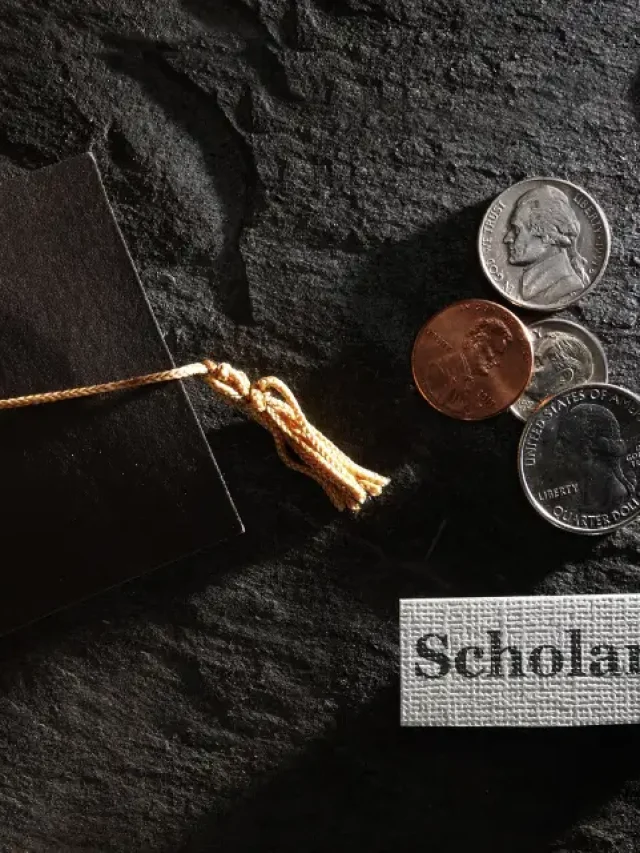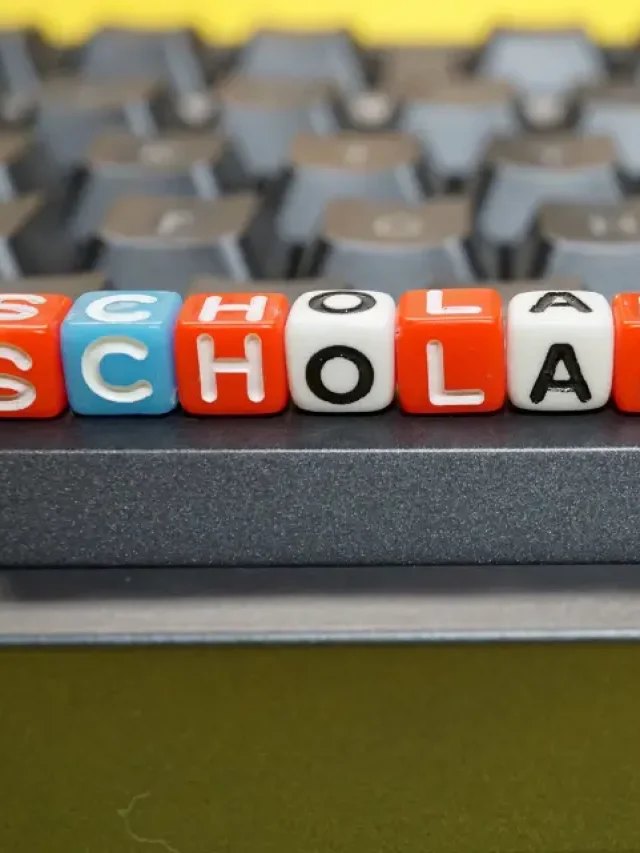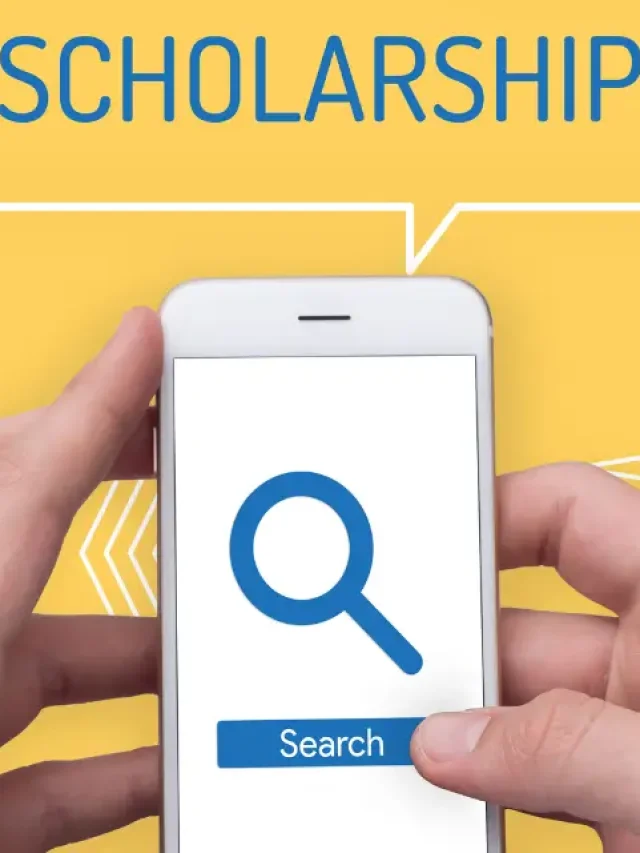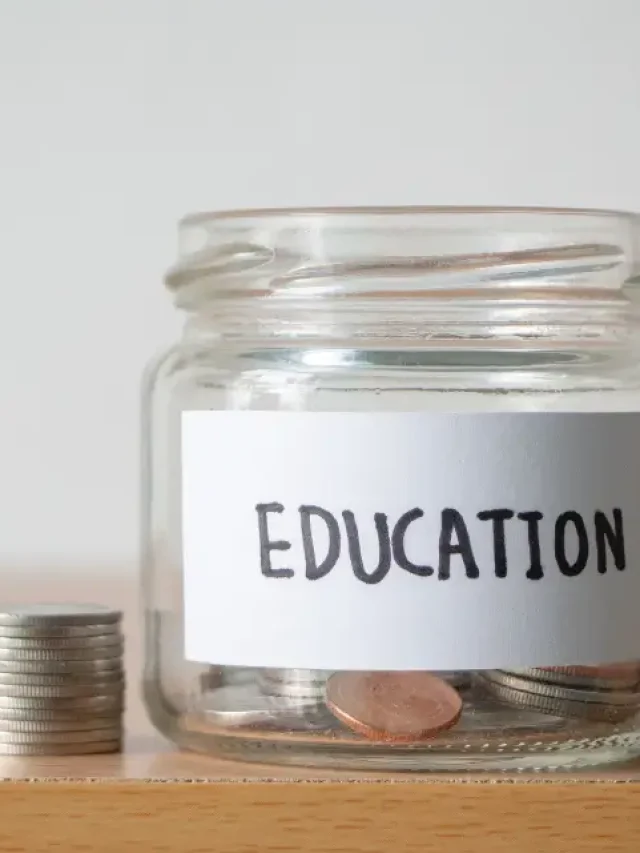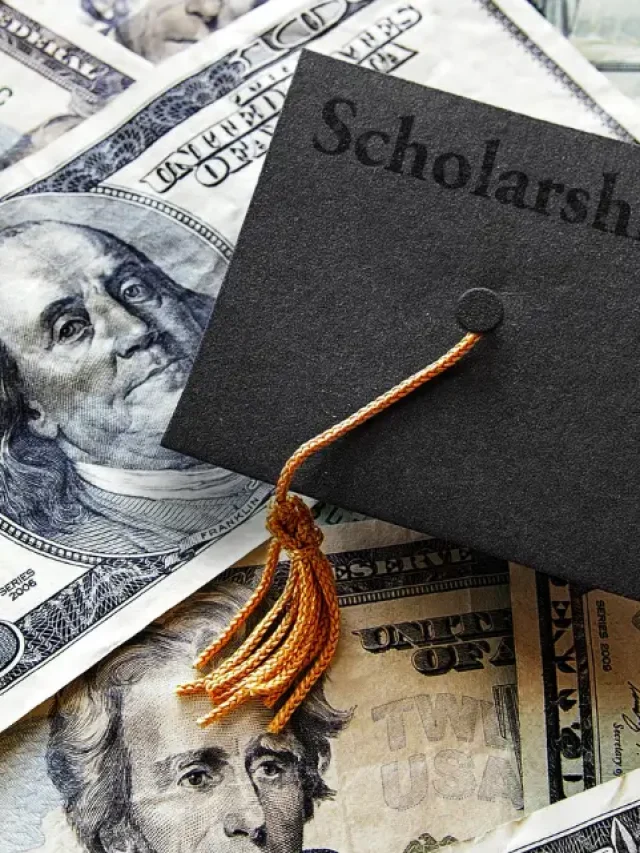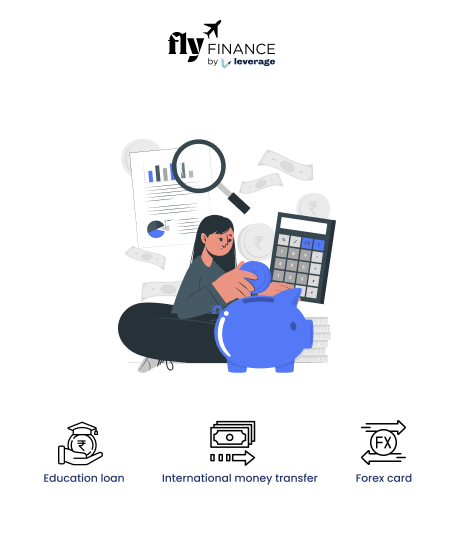If you’ve ever heard the term DBT and wondered what is the full form of DBT in banking and what it means, you’re in the right place! DBT stands for Direct Benefit Transfer.
It is a system introduced by the Government of India to ensure that subsidies and welfare benefits reach the intended beneficiaries directly into their bank accounts.
Let’s break it down in a simple way so that you can understand why DBT is such a game-changer in financial transactions and government schemes.
Table of contents
- What is the Full Form and Meaning of DBT in Banking?
- Examples of DBT in India
- Why is DBT Important in Banking?
- How to Receive DBT Benefits?
- How to Check If Your Bank Account Is Linked to DBT?
- How to Check Your DBT Payment Status?
- Challenges of DBT in Banking
- Latest DBT Trends for the Financial Year 2024-25 (as of early March 2025)
- FAQs
What is the Full Form and Meaning of DBT in Banking?
The full form of Direct Benefit Transfer. It is a scheme where the government directly transfers funds or subsidies to the beneficiary’s bank account, bypassing intermediaries.
This initiative streamlines the distribution of subsidies and benefits, ensuring transparency, reducing fraud, and eliminating middlemen.
The concept was officially introduced on January 1, 2013, and has been expanded over the years to cover various schemes related to LPG subsidies, scholarships, pensions, and more.
Examples of DBT in India
Several government schemes operate under the DBT system. Here are some of the most popular ones:
PAHAL (LPG Subsidy Transfer)
The Pratyaksh Hanstantrit Labh (PAHAL) scheme ensures that LPG subsidy is transferred directly to the bank account of the consumer, removing the need for subsidy adjustments at gas agencies.
PM-KISAN (Pradhan Mantri Kisan Samman Nidhi)
Under this scheme, farmers receive direct cash assistance in their bank accounts to support agricultural activities.
Mahatma Gandhi National Rural Employment Guarantee Act (MGNREGA) Wages
Wages for rural workers under MGNREGA are now credited directly into their bank accounts.
Scholarship Schemes
Students from economically weaker sections receive scholarship amounts directly in their bank accounts, making the process more efficient and transparent.
Old Age, Widow, and Disability Pensions
Various social security pensions are transferred via DBT to ensure financial support for vulnerable sections of society.
Also Read: What are Interest Subsidy Schemes on Education Loans? Check Meaning & List of Schemes
Why is DBT Important in Banking?
The banking system plays a crucial role in the success of DBT. Since all transfers occur electronically, having a bank account is essential to receive benefits under DBT.
This initiative promotes financial inclusion, ensuring that even people in rural and remote areas have access to banking services.
Some of the key benefits of DBT in banking include:
- Eliminating middlemen: Direct transfers mean no unauthorized deductions or corruption.
- Ensuring timely payments: Beneficiaries receive funds faster compared to traditional methods.
- Reducing leakage of funds: Every rupee reaches the right person.
- Promoting financial inclusion: Encourages people to open and operate bank accounts.
How to Receive DBT Benefits?
DBT is a government initiative designed to ensure direct and transparent fund transfers to beneficiaries. To avail benefits under DBT, follow these simple steps:
- Ensure you have a bank account – If you don’t have one, visit a nearby bank and open a Jan Dhan Account (or any other savings account).
- Link your Aadhaar card – Most DBT schemes require Aadhaar linking to avoid duplication and ensure secure transfers.
- Register for specific schemes – Visit the official portals (such as dbtbharat.gov.in) or local government offices to enroll in applicable schemes.
- Keep your mobile number linked to your bank account – This helps in receiving updates and OTP confirmations.
How to Check If Your Bank Account Is Linked to DBT?
You can check if your bank account is linked to DBT by visiting the UIDAI website and following a few simple steps. This process will confirm whether your Aadhaar is linked to your bank account for direct benefit transfers.
- Go to the UIDAI Website: Search for “UIDAI Aadhaar” online and open the official UIDAI website.
- Find the Aadhaar-Bank Linking Status Option: Look for an option that lets you check if your Aadhaar is linked to a bank account.
- Enter Your Aadhaar Number: Provide your 12-digit Aadhaar number and complete the CAPTCHA to proceed.
- Verify using OTP: An OTP (One-Time Password) will be sent to your Aadhaar-registered mobile number. Enter the OTP to confirm.
- View Your Status: Once verified, the website will display whether your Aadhaar is linked to a bank account. If linked, you’ll see the bank name and the last four digits of your account number. Go to the official website of the Unique Identification Authority of India (UIDAI). You can find the website by searching for “UIDAI Aadhaar” online.
- Locate ‘Check Aadhaar & Bank Account Linking Status’: Look for an option on the website that allows you to verify if your Aadhaar is linked to a bank account.
- Enter Your Aadhaar Number and CAPTCHA: You will be required to enter your 12-digit Aadhaar number and complete a CAPTCHA verification.
- Verify with OTP: An OTP (One-Time Password) will be sent to your mobile number linked to Aadhaar. Enter the OTP to proceed.
- Check the Status: After verification, the website will display the status of your Aadhaar-bank account linkage. If linked, it will show the bank name and the last four digits of your account number.
How to Check Your DBT Payment Status?
To check your DBT payment status, visit the PFMS website, go to ‘Payment Status,’ select ‘DBT Status Tracker,’ and enter details like your bank name, application ID, or account number. Here’s a simple step-by-step guide:
- Visit the PFMS Website: Open your browser and go to the official Public Financial Management System (PFMS) website.
- Navigate to ‘Payment Status’: Look for the ‘Payment Status’ option in the navigation bar and click on it.
- Select ‘DBT Status Tracker’: Choose the ‘DBT Status Tracker’ option to check your beneficiary payment status.
- Choose the DBT Scheme: Select the relevant DBT scheme from the available list.
- Enter Required Details: Provide necessary details such as your bank name, application ID, account number, or beneficiary code.
- Enter CAPTCHA: Fill in the CAPTCHA code displayed on the screen for verification.
- Search for Your Payment: Click on the ‘Search’ button to view the status of your DBT payment.
Once the details are verified, the system will display the payment status, including whether the amount has been credited to your bank account or is still in process.
Also Read: Dr Ambedkar Scheme of Interest Subsidy on Education Loans For OBCs & EBCs
Challenges of DBT in Banking
While DBT has significantly improved the efficiency of government welfare programs, it still encounters several challenges that need to be addressed for its full potential to be realized. Some of these challenges include:
Aadhaar-linking issues
To receive DBT benefits, beneficiaries must have a bank account linked to their Aadhaar number. However, many face issues due to missing or incorrect Aadhaar linking, leading to payment failures.
Solution: Beneficiaries should check their Aadhaar-bank linking status on the UIDAI website and update their details at their bank branch or an Aadhaar enrollment center.
Banking access in remote areas
While DBT promotes financial inclusion, some rural and remote areas still lack proper banking infrastructure, making it difficult for beneficiaries to receive funds.
Solution: Expanding banking services through mobile banking, banking correspondents, and post office banking can help bridge this gap.
Awareness and digital literacy
Many eligible individuals are unaware of DBT benefits or how to claim them due to a lack of digital literacy.
Solution: Government initiatives, local campaigns, and NGOs can play a role in educating people on how to access their benefits through DBT.
Addressing these challenges with continuous improvements in banking infrastructure, financial awareness, and last-mile connectivity will further enhance DBT’s effectiveness and reach.
Latest DBT Trends for the Financial Year 2024-25 (as of early March 2025)
Check out this section and explore the current situation and recent achievements of DBT. The information mentioned is from the financial year 2024-25 and the recent past to understand the impact and scale of Direct Benefit Transfer (DBT) in India-
- Total DBT Transfers: As of early January 2025, the total Direct Benefit Transfers in the current financial year (FY25) had crossed INR 4.15 lakh crore. This indicates a continued high volume of transactions.
- Mode of Transfer: Approximately 61% of these transfers (around INR 2.54 lakh crore) were “in-kind” benefits (like food grains under PDS), while the remaining were cash transfers directly to Aadhaar-linked bank accounts.
- Key Beneficiary Sectors: Significant amounts were transferred as subsidies for fertilizers (around INR 1.21 lakh crore) and food grains under the Public Distribution System (PDS) (around INR 1.08 lakh crore). The job guarantee scheme (MGNREGS) received about INR 52,492 crore, and subsidized cooking gas accounted for INR 11,860 crore.
- Scheme Reach: Over 167.8 crore beneficiaries are registered under various DBT schemes.
- Savings due to DBT: It’s estimated that DBT for most central government schemes (around 320) resulted in INR 3.5 lakh crore in savings due to the elimination of leakages and duplicate beneficiaries between FY15 and FY23.
- Total Cumulative Transfers: The total amount transferred through DBT cumulatively up to the end of FY 2023-24 reached a staggering INR 42,55,298 Crore (INR 42.55 lakh crore).
To sum up, DBT in banking is a revolutionary step towards transparency, efficiency, and financial inclusion.
By ensuring that government subsidies and welfare benefits reach the right people without intermediaries, it has significantly improved the lives of millions of Indians.
Whether it’s getting an LPG subsidy, a pension, or a student scholarship, DBT has made financial aid more accessible and reliable.
So, if you haven’t already linked your bank account for DBT benefits, now is the perfect time to do it! Stay informed, stay empowered, and make the most of this direct and seamless financial system.
Check out the FAQs below for more details.
FAQs
DBT stands for Direct Benefit Transfer. It is a system where the government directly transfers subsidies and benefits to beneficiaries’ bank accounts.
DBT on a bank statement indicates that you have received a Direct Benefit Transfer from the government, such as a subsidy, pension, or welfare benefit.
Visit the UIDAI website, go to “Check Aadhaar & Bank Account Linking Status,” enter your Aadhaar number, verify with OTP, and see if your bank account is linked to DBT.
DBT payment in SBI refers to government subsidies and benefits directly transferred to an SBI bank account under the Direct Benefit Transfer scheme.
Visit the PFMS website, go to “Payment Status,” enter your bank details or application ID, complete the CAPTCHA, and check if the payment has been credited.
Link your Aadhaar number to your bank account by visiting your bank branch or using mobile/internet banking. Update your mobile number to receive notifications.
Yes, in most cases, Aadhaar linking is mandatory for receiving DBT payments to prevent fraud and ensure funds reach the correct beneficiary.
The DBT payment amount varies based on the scheme. For example, LPG subsidy, PM-KISAN, and scholarships have different benefit amounts.
If you see PFMS DBT credited in your bank account, it means the government has transferred funds through the Public Financial Management System (PFMS).
You cannot delete a DBT account, but you can unlink your Aadhaar from your bank account by visiting your bank branch and submitting a request.
Indian citizens who qualify for government welfare schemes like LPG subsidies, pensions, scholarships, and farmer benefits can receive DBT.
The government provides DBT payments to ensure direct, transparent, and timely fund transfers to eligible beneficiaries, reducing fraud and middlemen.
To know more about education loans, the best bank accounts for students, forex and banking experience for global students or international money transfers, reach out to our experts at 1800572126 to help ease your study abroad experience.
| Additional Reads | |
| Full Form of CIBIL | Full Form of NBFC |
| Full Form of KYC | Full Form of POS |
| Full Form of NPA | Full Form of PAN |
| Full Form of CIF | Full Form of EMI |
| Full Form of NACH | Full Form of DPD |
Follow Us on Social Media

